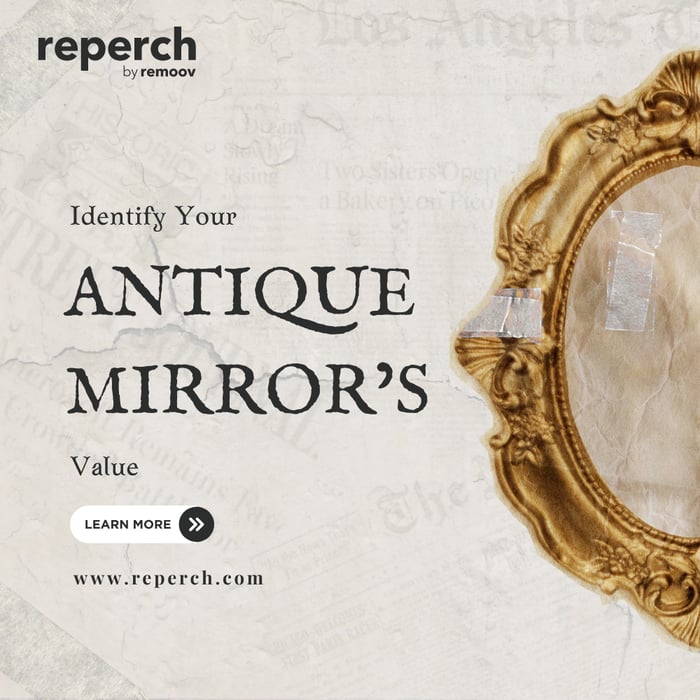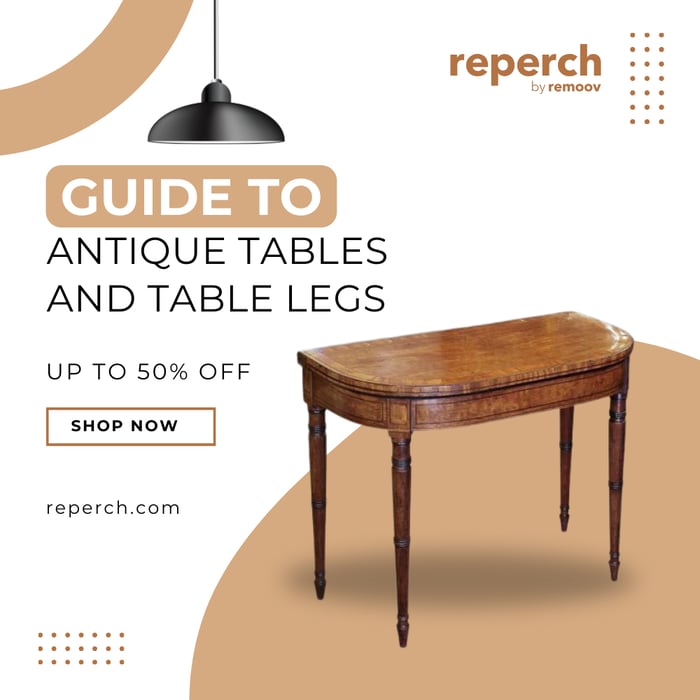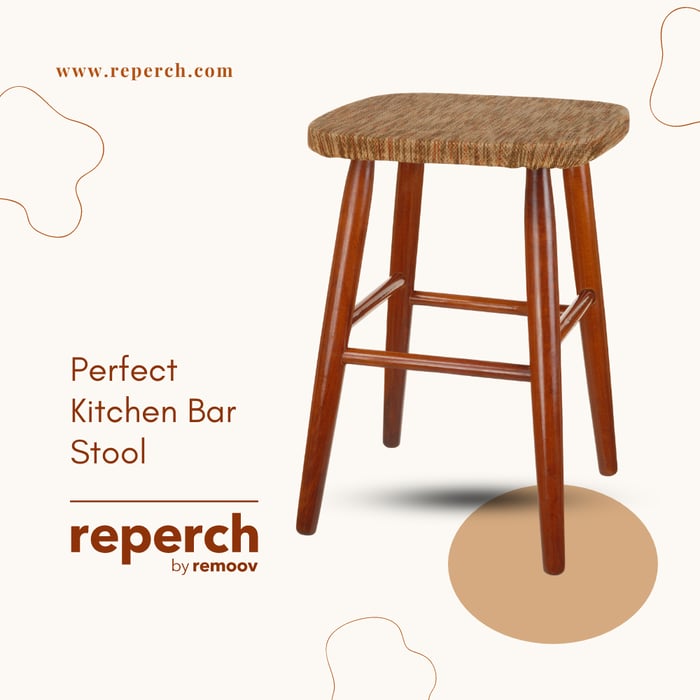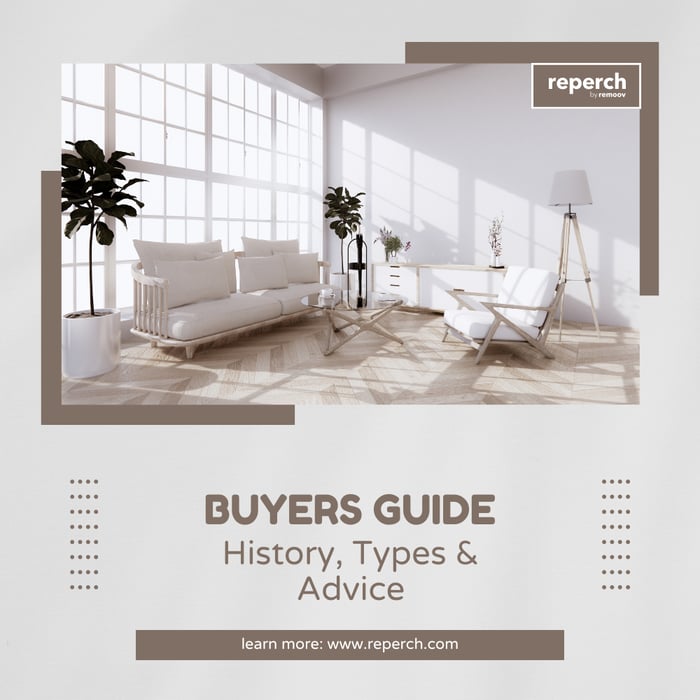Antique mirrors add a touch of elegance and history to any room, often serving as focal points and conversation starters. Vintage mirrors can be difficult to value due to age, condition, and rarity. In this comprehensive guide, we will explore the key aspects to consider when identifying the value of your antique mirror.
From understanding different historical periods to recognizing telltale signs of authenticity, this guide aims to provide you with the knowledge you need to accurately appraise your antique mirror.
A Brief History of Antique Mirrors
People have used mirrors for thousands of years, and their style and construction have significantly evolved over time. Glass mirrors emerged in the Middle Ages, replacing the early mirrors made from polished stone or metal. By the Renaissance, glassmaking technology had advanced, allowing for the production of larger and more refined mirrors. The 17th and 18th centuries saw the height of mirror craftsmanship, with ornate designs becoming symbols of wealth and status.
Identifying the Era of Your Antique Mirror
To begin valuing your antique mirror, you must identify the era it originates from. In terms of design and construction, different periods exhibit distinct characteristics:
1. Gothic (12th to 15th century): Known for oak frames, intricate carvings, and arch shapes.
2. Baroque (1600-1750): Features gold or silver gilding with cherubic figures and nature motifs.
3. Rococo (mid-18th century): Crafted from walnut or mahogany, heavily gilded with shell motifs.
4. Neoclassical (mid-18th to early 19th century): Simpler designs with gold or silver gilding, featuring leaves and branches.
5. Georgian (1714-1830): Varied styles with symmetrical designs, often veneered oak.
6. Regency (late 18th to early 19th century): Gold gilding with architectural elements, eagles, and leaf motifs.
7. Victorian (1837-1901): Overmantel mirrors with ornate frames, often in darker woods.
The Impact of Rarity on Antique Mirror Value
Older mirrors, particularly those from before the 19th century, are generally more valuable due to their rarity. However, their condition plays a crucial role in determining value. Mirrors showing signs of wear and tear, such as clouding from mercury oxidation, can be more desirable to collectors, whereas significant damage can decrease value.
Examining the Glass: Age Indicators
Authentic antique mirrors often display certain imperfections: These spots, caused by mercury oxidation over time, indicate age. Antique mirror glass typically has a slight grey or yellow tint. Small bubbles or inconsistencies in the glass are signs of age. These features help confirm the mirror’s authenticity and add to its value.
Inspecting the Back of the Mirror
The back of an antique mirror can provide valuable clues about its age and authenticity. Most antique mirrors have wooden backings, while modern reproductions may use paper or other materials. Irregular, crude nails or screws indicate a pre-industrial age. Look for dates, trademarks, or engraved labels that reference the maker or place of origin.
Assessing the Frame's Condition and Material
The frame's condition and material are significant in valuing an antique mirror. Signs to look for include: The frame's subtle irregularities hint at its handcrafted nature. Authentic frames show natural aging, although excessive damage can reduce value. You can make antique frames out of solid wood, veneer, plaster composition, or metal.
Recognizing Common Characteristics by Period
Understanding the typical features of mirrors from different periods can help identify their value:
1. Cherubic figures and nature motifs adorn oval shapes made of beveled glass, gilded in precious metals.
2. They are often oval in shape, crafted from walnut and mahogany with bronze gilding, and feature shell motifs.
3. Natural motifs such as leaves and birds adorn them, crafted from veneered oak in oval and rectangular shapes.
4. They are large, rectangular, made of dark wood or metal, and heavily adorned.
Spotting a Fake Mirror
Counterfeit mirrors can be challenging to identify. Here are some tips: Authentic mirrors have random cloudy spots; uniform clouding may indicate reproduction. Look for signs of hand craftsmanship; perfect frames are likely modern reproductions. Antique mirrors feature hand-forged fasteners with irregular shapes.
Consulting an Expert
For a definitive appraisal, consider consulting an expert. Antique dealers and appraisers have the knowledge and experience to accurately assess your mirror’s value. They can provide information about its historical significance,condition, and market demand. Conclusion Identifying and valuing an antique mirror involves careful examination of its age, condition, and rarity.
Understanding the characteristics of different historical periods, recognizing signs of authenticity, and consulting experts when necessary can help you uncover the true value of your antique mirror. Whether you are a collector, a seller, or simply curious about your piece, this guide offers a comprehensive approach to evaluating your antique mirror.








